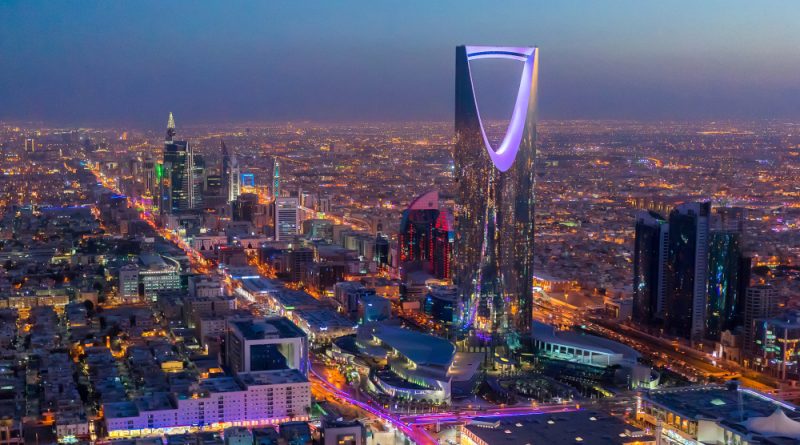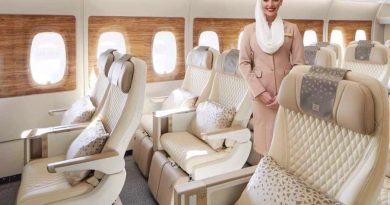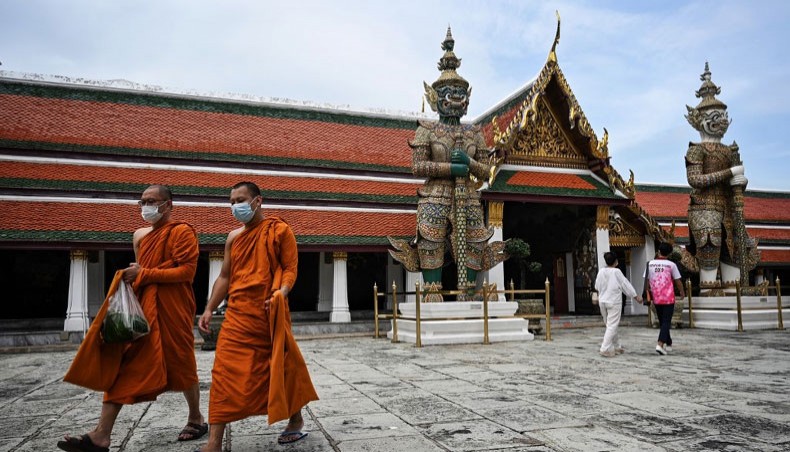The Kingdom of Saudi Arabia- A future travel destination
It is a land rich in history, culture, natural beauty, and unspoiled areas. Many people desire it, yet Saudi Arabia has long remained inaccessible to travellers.
Previously, the only way to enter Saudi Arabia was on a business visa, through a good local connection who could sponsor your visit, or with a pilgrimage visa to visit Mecca and Medina (only for Muslims).
As a result, Western visitors, both men and women, may now visit Saudi Arabia on their own, with a backpack, which is a radical change.
Why have we recently heard so much about it, and why is Saudi Arabia so appealing to tourists? Images of Al Ula, an astonishing area that appears to be propelled into a science fiction film.
Despite what you may have heard in the media, Saudi Arabia is a fantastic place. This country has so much to see and do, full of gorgeous natural and archaeological attractions, vastly different landscapes, and incredibly hospitable people.
In this fascinating country, 131 monuments of remarkable beauty rise from the desert sand, surrounded by a unique ecosystem of sandstone mountains and plateaus, rocks with the oddest forms, small “wadi” (passages) and gorges, and even lush oasis farmed with date palms.
Al Ula is a living museum with preserved tombs, a crossroads of ancient civilisations, and old history. Hegra, now known as Mada’in Salih, was the kingdom’s major city, and it was here that some of the most stunning monumental tombs were created. Someone has already dubbed her “the other Petra.”
In the middle of the desert, among sand dunes, time-carved rocks, and ancient civilisation ruins, you can see ultra-modern installations such as Maraya, a cube of mirrors made in 2017, the largest in the world, so large that it has entered the Guinness Book of Records, that reflects the landscape and whose presence can barely be seen. It is primarily a music venue and will also hold events and performances.
Most Saudis follow a branch of Islam named Wahhabism, characterized for having the most conservative interpretation of Islam and the law of Saudi Arabia strictly follows it.
However, in the last couple of years, the laws of Saudi Arabia have become more flexible.
• Women need to wear an abaya – The abaya is a local dress that covers your body (not your head).
• Some public spaces are segregated by sex – You will figure it out by yourself, but some restaurants or cafés are still composed of two areas: men and family. Women or men who go with women must sit in the family section. This kind of segregation is slowly disappearing, especially in Jeddah and Riyadh.
• Don’t drink alcohol – Drinking alcohol in Saudi Arabia is not legal, not even in 5-star hotels.
• Stay away from drugs – Drugs may lead to the death sentence, so don’t play with them.
• No public shows of affection – Same as when you travel to other Gulf countries.
• On Friday, everything is closed until Asr prayer, which is around 4 or 5 pm – Not everything will be closed, but some restaurants may open in the morning. However, at noon, during Dhuhr prayer, absolutely everything is closed.
• Eat with your right hand always – This is a generic Muslim rule in Saudi is particularly strict. If you share a meal with more traditional people, always eat with your right hand.
• Men and women who aren’t family related can hang out together in public – Some years ago, you couldn’t go to a restaurant or a café with a friend from the opposite sex, but now you can do it usually, like in any other country.
• Foreign women can travel around the country independently and alone. Single foreign women can also visit Saudi on a tourist visa – You can travel to Saudi with your unmarried boyfriend, and even if you are single, no problem.
• Women don’t need to wear hijab – You don’t need to cover your head, but, as I said, you must cover your body with an abaya.
• Women can drive, including renting a car – From June 2018, women can finally drive, and, as a female tourist, you can also rent it.
• Men can wear shorts – Nobody will say anything to you.




